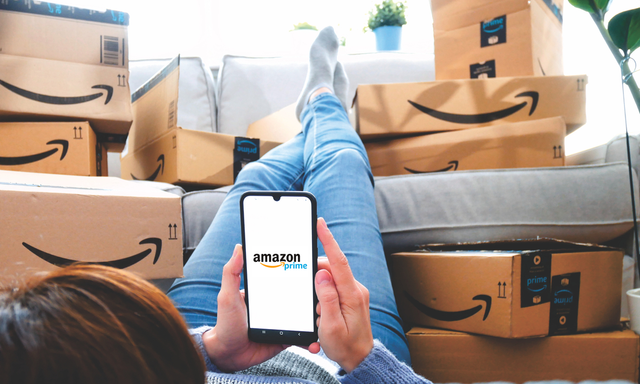Why More Amazon Sellers Are Choosing FBM Over FBA in 2025

In 2025, Amazon sellers are rethinking their strategies, and many are making the switch from Fulfillment by Amazon (FBA) to Fulfillment by Merchant (FBM). For years, FBA was the go-to option, offering convenience, Prime eligibility, and access to Amazon’s powerful logistics network. But now, Today’s sellers are more focused on flexibility, cost control, and long-term growth.
So what’s behind this shift? Let’s dive into why FBM is becoming the preferred choice for modern Amazon sellers.
- FBA Fees Are Eating into Profits
One of the biggest motivators for switching to FBM is cost. As Amazon FBA fees continue to rise, sellers, especially those just starting with business funding for startups, are seeing their profit margins shrink. For entrepreneurs working with tight budgets or funding for small businesses with bad credit, FBM allows greater control over logistics and costs. By managing their own storage and shipping, sellers can avoid unnecessary costs and reinvest those savings back into product development, marketing, or scaling their operations.
- Greater Control Over Shipping and Branding
FBM gives sellers full control over packaging, shipping speed, and the customer experience. This is a major advantage for brands looking to differentiate themselves or maintain a premium image. With FBA, branding is limited to Amazon’s standard packaging. With FBM, Sellers can customize packaging, include marketing inserts, and manage delivery speeds based on their capabilities. These branding opportunities not only enhance the customer experience but also help businesses establish a stronger identity and long-term customer loyalty. FBM allows you to manage your inventory independently. Whether you’re launching a new product or ramping up for a busy season, you won’t be slowed down by warehouse bottlenecks or delayed check-in times.
- Avoiding Stock Restrictions and Delays
Amazon has implemented stricter inventory limits in FBA warehouses, especially for new or unproven products. These restock limitations can make it difficult for sellers to scale quickly or respond to spikes in demand. Delays in FBA check-in times have also caused inventory bottlenecks during high-traffic seasons like Q4. FBM eliminates this dependency on Amazon’s warehouse timelines. Sellers can restock their own inventory on their own schedule, leading to more consistent sales and fewer disruptions. This direct communication fosters trust and allows sellers to respond quickly and personally, enhancing the buyer experience.
- Building Stronger Customer Relationships
When sellers use FBM, they have direct control over communication, returns, and customer service. While this means more responsibility, it also creates more opportunity. Brands can interact with buyers, resolve issues directly, and deliver a more tailored experience, something not possible through Amazon’s automated FBA systems. In 2025, when customer experience and brand loyalty are key to standing out, this personalized touch can be a game-changer.
- Leveraging FBM for Better Cash Flow Management
Sellers who rely on business funding solutions or 0% interest business loans need to keep a tight grip on their cash flow. FBM eliminates surprise fees and gives you predictable control over expenses, an essential advantage for long-term financial stability. By choosing FBM, sellers can manage inventory levels more precisely, minimize overhead, and maintain a steadier financial rhythm. This clarity helps business owners make smarter operational decisions and scale at a pace that aligns with their financial goals.
While FBA still offers convenience and reach, more sellers in 2025 are realizing that FBM provides flexibility, cost savings, and brand-building opportunities that FBA can’t match. Amazon sellers are looking for smarter, more sustainable ways to grow their businesses, and FBM is proving to be a powerful alternative to FBA. With rising fees, tighter warehouse restrictions, and limited branding opportunities, FBA no longer offers the flexibility many sellers need. In 2025, sellers aren't just looking to make sales, they're building brands, managing risk, and planning for the future. For many, Fulfillment by Merchant is the key to doing it all, without compromise. At Moe Legacy, we work closely with business partners who help guide you through setting up a successful store. If you’re considering starting one, feel free to visit our free consultation tab to explore options and find the best fit for your needs.
https://moelegacy.com/blog/f/why-more-amazon-sellers-are-choosing-fbm-over-fba-in-2025